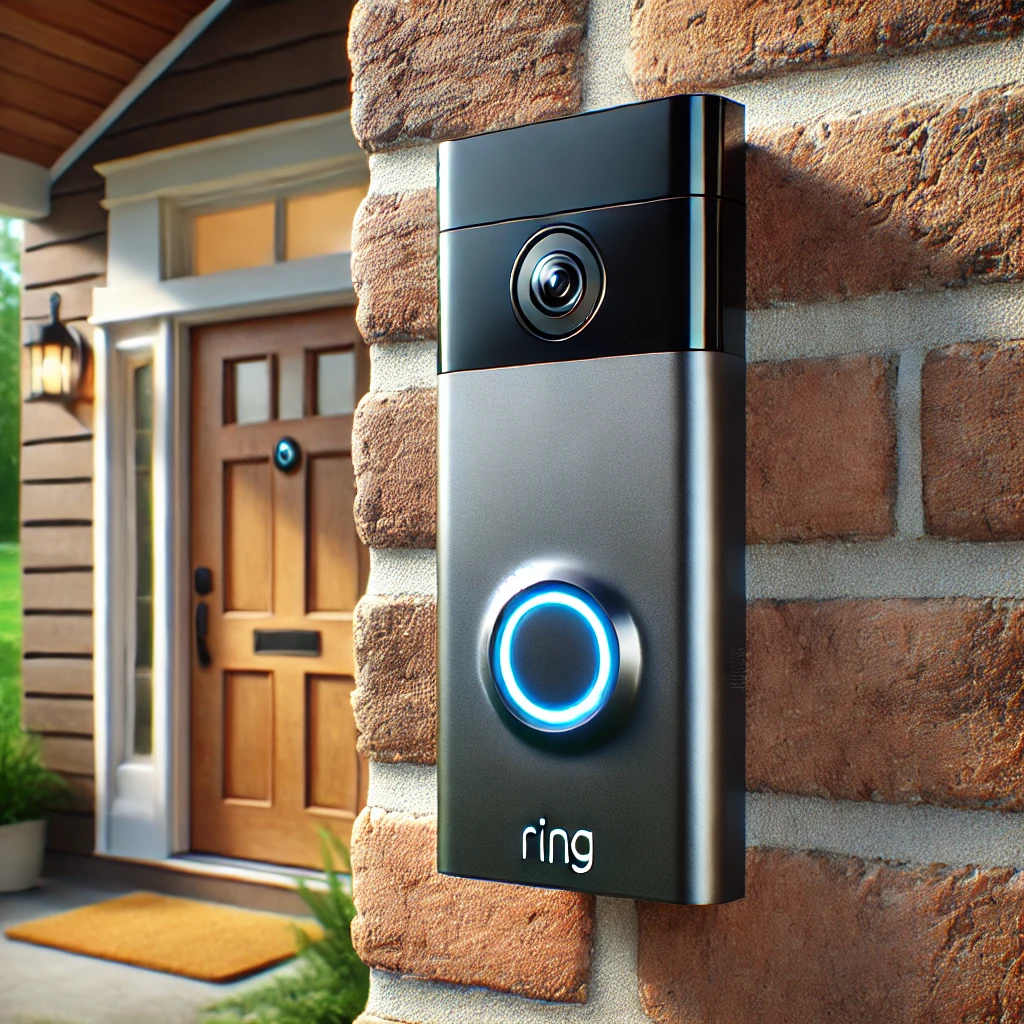
Ring doorbells and similar smart security cameras (such as Google Nest, Arlo, and Eufy) are increasingly used to detect and provide evidence of offences. These devices can capture crimes in progress, assist in identifying suspects, and support law enforcement investigations. Below are key aspects of how they contribute to crime detection and investigation:
1. How Ring Doorbells and Smart Cameras Detect Offences
- Motion Detection: Movement triggers Devices, sending alerts to homeowners in real-time.
- Video and audio Recording: High-definition and sometimes two-way audio can capture criminal activity, including burglaries, vandalism, and anti-social behaviour.
- Night Vision & AI Features: Many models have night vision and AI-driven person/vehicle detection, enhancing evidence quality.
- Cloud Storage & Sharing: Footage is often stored in the cloud, allowing retrieval even if the device is tampered with or stolen.
2. Types of Offences Detected
- Theft & Burglary: Capturing package theft, door-checking criminals, and unauthorised entry attempts.
- Vandalism & Criminal Damage: Detecting graffiti, property damage, or vehicle-related crimes.
- Anti-Social Behaviour (ASB): Recording loitering, harassment, or intimidation outside homes or businesses.
- Car Crime: Identifying vehicle theft, catalytic converter theft, or hit-and-runs.
- Scams & Fraud: Recording doorstep scams or rogue traders targeting vulnerable individuals.
3. Legal Considerations in the UK
- Data Protection & GDPR: If the camera records beyond the property boundary (e.g., public streets or neighbour’s property), it falls under UK GDPR, meaning users must have a lawful reason for recording and informing others (e.g., via signs).
- Covert Surveillance Laws: Devices used intentionally to spy on individuals may breach privacy laws under the Investigatory Powers Act 2016.
- Admissibility in Court: Footage from Ring cameras is often admissible in UK courts if it has a transparent chain of custody and has not been tampered with.
- Police Access: Officers may request footage under the Data Protection Act but cannot force homeowners to provide it without a court order.
4. Law Enforcement & Community Use
- Police Partnerships: Some UK police forces encourage homeowners to share footage voluntarily through schemes like Amazon Ring’s “Request for Assistance”, though this has raised privacy concerns.
- Neighbourhood Watch Integration: Residents share suspicious activity via local groups, aiding community policing efforts.
- Retail & Business Security: Shops and offices use similar devices to prevent shoplifting and workplace crime.
5. Controversies & Risks
- Privacy Concerns: Cases of Ring devices recording beyond property boundaries have led to legal disputes, as seen in the UK case Fairhurst v Woodard (2021), where a homeowner breached data protection laws.
- Cybersecurity Risks: Some devices have been hacked, leading to unauthorised access to live feeds.
- False Reports: AI motion detection sometimes falsely flags innocent movements, leading to unnecessary alerts or police reports.
6. Best Practices for Investigators & Homeowners
- Check Legal Compliance: Ensure placement and usage comply with UK GDPR and privacy laws.
- Secure Footage Storage: Use encrypted cloud storage to prevent loss or tampering.
- Time-Stamp & Preserve Evidence: Keep original metadata intact when submitting footage as evidence.
- Use Verified Sharing Methods. Instead of posting footage publicly online, which can impact legal proceedings, provide it directly to police.
1. Legal Precedents Involving Ring Doorbells
- Fairhurst v Woodard (2021): In this landmark UK case, Dr Mary Fairhurst sued her neighbour, Jon Woodard, alleging that his extensive use of Ring cameras, including a doorbell camera and additional surveillance devices, constituted harassment and violated data protection laws. The court ruled in favour of Dr Fairhurst, emphasising that the audio capabilities of the devices captured conversations at distances up to 68 feet, which was deemed excessive and intrusive. This case underscores the importance of ensuring that surveillance devices do not infringe upon the privacy rights of others.
2. Police Utilisation of Doorbell Camera Footage
- Murder Conviction Supported by Doorbell Footage: In a notable case, Ring doorbell footage was pivotal in securing a murder conviction. A former soldier was recorded climbing into his neighbour’s house, where he committed a double homicide. The jury was presented with the doorbell camera footage, which played a crucial role in the conviction.
3. Privacy Concerns and Legal Implications
- Amazon’s Advisory Post-Court Ruling: Following the Fairhurst v Woodard decision, Amazon, the parent company of Ring, advised users to respect privacy and comply with applicable laws when using their devices. This highlights the necessity for users to be aware of the legal boundaries concerning surveillance.
4. Practical Considerations for Users
- Data Protection Compliance: Users must ensure their devices are positioned and configured to avoid capturing images or audio beyond their property boundaries. Overstepping these boundaries can lead to legal challenges, as demonstrated in the Fairhurst case.
- Informing Visitors: It’s advisable to educate visitors about the presence of recording devices. Clear signage can ensure transparency and mitigate potential privacy concerns.
Conclusion
While Ring doorbells and similar devices offer enhanced security and have been instrumental in legal proceedings, users must deal with privacy considerations. Adhering to legal guidelines and respecting the privacy of others ensures that these technologies can be used effectively and ethically.



